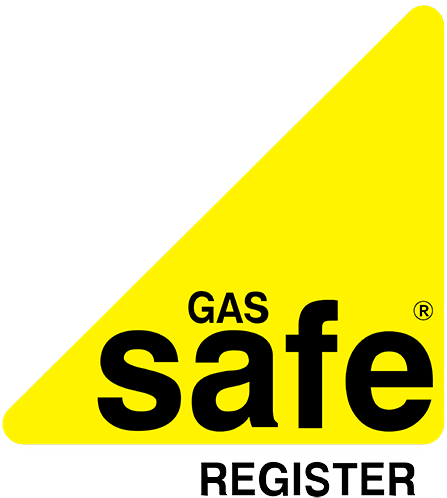Gas boilers require a perfect balance of water and air in the system. Having stable pressure can help ensure you have heating and hot water when you need it.
Most boilers need between 1.0 – 1.5bar pressure for the system to work.
What happens if boiler pressure is too low?
If the pressure drops too low, the boiler will try to work harder in order to keep things ticking over, which puts excessive demand on the system and can lead to the system ‘locking out’ or not working in more general terms. It can also lead to you forking out more of your hard-earned cash towards higher heating bills.
The good news is that low water pressure is common and really easy to fix.
Luckily, Michael from Celsius here to tell you how to fix low pressure on your boiler!
How to tell if your boiler pressure is too low
Usually, low boiler pressure comes from two main issues – bleeding radiators or a leak in the system.
If your radiators are not heating properly or you have no hot water, these are possible signs that your boiler pressure is too low. Your display may also indicate low pressure by showing a flashing light or and error code.
To confirm if this is the cause, you will need to check the reading at the pressure gauge.
Look for a circular gauge which is usually on the front facing of the boiler, sometimes behind a dropdown panel, and will likely have a red zone and a green zone marked. Your boiler pressure is measured in ‘bar’ so the needle should be sitting in the green zone, somewhere between 1 and 1.5 bar when the boiler is off. Some boilers vary so it is important to check the user manual.
How to fix low pressure on your boiler
Most of the time, the quickest and easiest way to fix the issue is to repressurise the system (adding more water) which you can do yourself. We recommend checking your manual first as every boiler is different and there may be specific instructions for that make/model.
When repressurising your boiler, there are two main differences to look out for:
Internal filling loop (keyed) boilers:
Mainly found on Worcester boilers. It is a white plastic key located next to a small white plastic cube, underneath your boiler.
If you have a repressurising key;
1) Switch your boiler off and wait for it to cool down.
2) Underneath the boiler there should be a concealed tray- locate the filling key and slot.
3) You should see the key has got two little lugs on the top, and the same on the side. They fit into slots in the filling link. This is found next to a little white cube, which is also under the boiler. Give the key a push until the point of the narrow is almost in line with the black plastic.
4) Turn the key to the ‘closed padlock’ sign (the key should be facing you).
5) Gently turn the white square nut clockwise so that the water flows into the boiler, you should be able to hear this.
6) Keep the water going until the pressure reaches 1.5bar, then turn the nut anti-clockwise until the water stops.
7) Turn the key back to the ‘open padlock’ sign and take it out. There may be a small amount of water that comes out, this is not a problem.
8) Turn the boiler back on.
External filling loop boilers:
Looks like a short, braided metal hose with connectors on either end. The hose connects the central heating system to the mains water supply.
If you have a filling loop;
1) Switch your boiler off and wait for it to cool down.
2) Find the filling loop hose- either below or beside your boiler
3) Check that both ends of the hose are attached- one end to the central heating system and the other to the mains water supply.
4) The filling loop handles (valves) should be at a 90⁰ angle to the pipe.
5) Open the valves slowly and you should start to hear water entering the system.
6) Keep the valves open until the pressure needle reaches 1.5bar then close both valves one at a time.
7) Switch your boiler back on- you may need to press the reset button, depending on your boiler.
How often should you repressurise your boiler?
You should only repressurise your boiler when you find that it is too low. We recommend checking the pressure every few weeks or so. If you find that you are having to repressurise the system on a regular basis, then this can indicate that there is a leak somewhere in the system. If this is the case, we would advise arranging for a professional to check over your boiler.
If at any point you feel you are unsure how to top up the water pressure, or if you have followed the instructions and the pressure is not increasing, we would advise you to contact a Gas Safe registered engineer.
At Celsius, our team of dedicated boiler breakdown engineers are on hand and happy to help should you need us.
If you are having boiler troubles, feel free to give us a call on 0131 258 0848 alternatively, you can use our handy booking form by clicking here.
We can offer same-day appointments (subject to availability) and will prioritise young families and elderly customers to get you back up and running in no time.

 0% finance available
0% finance available  Up to 12 years aftercare
Up to 12 years aftercare  Edinburgh Trusted Trader
Edinburgh Trusted Trader  No finance deposit required
No finance deposit required 












